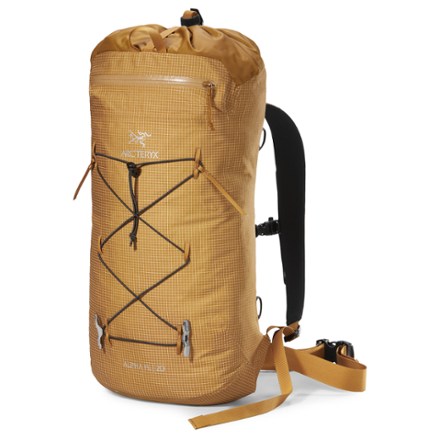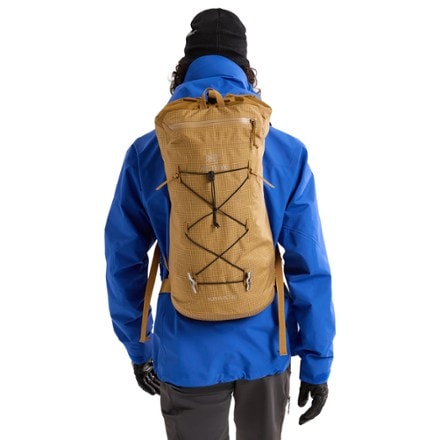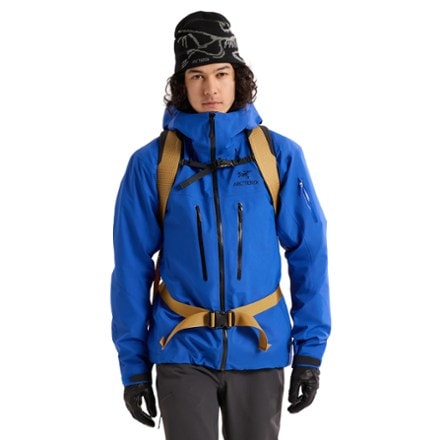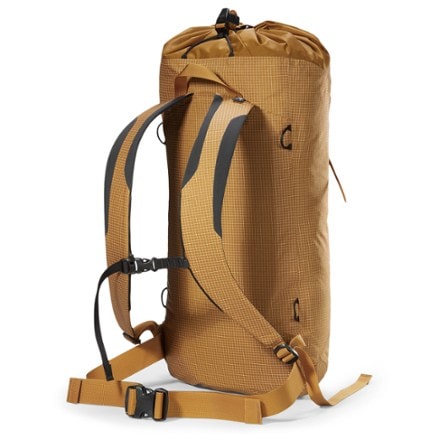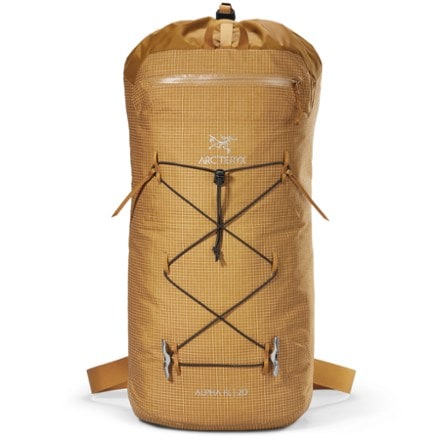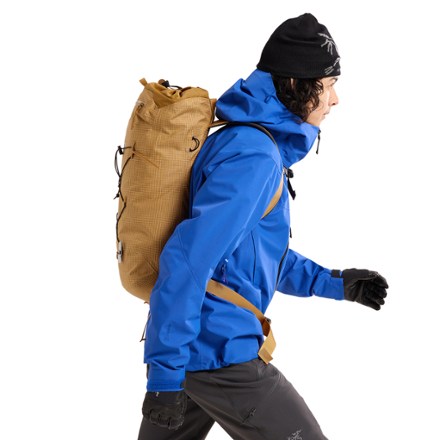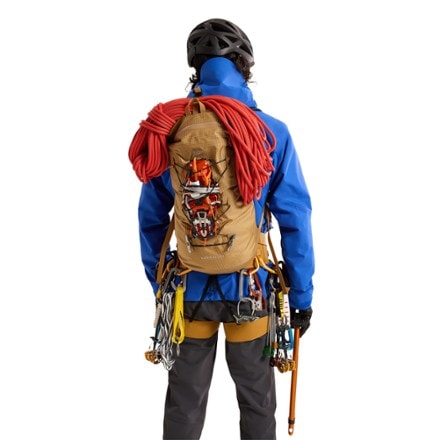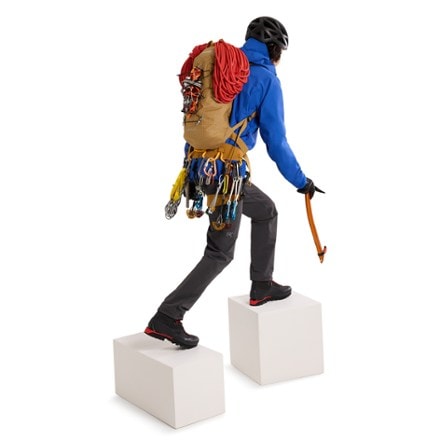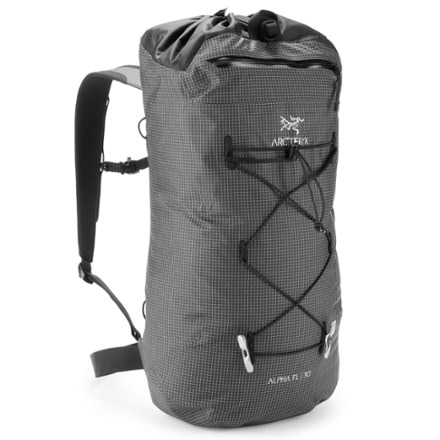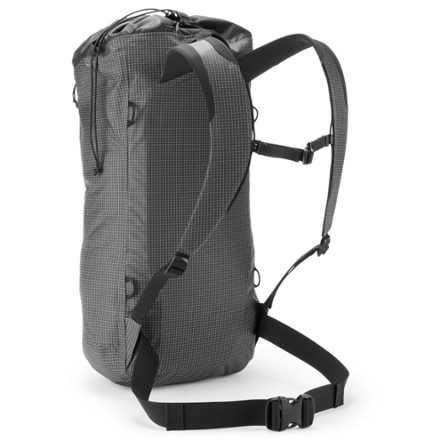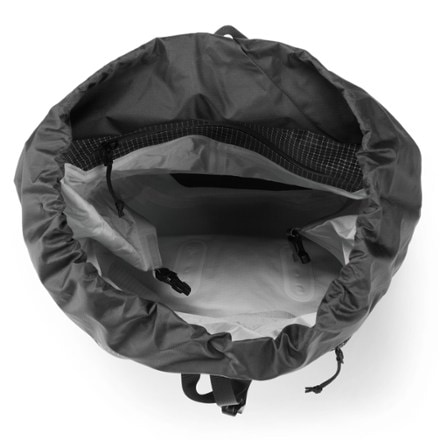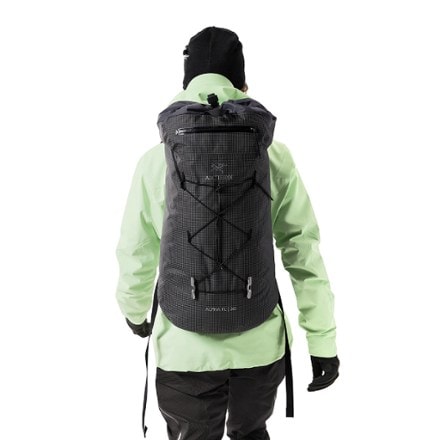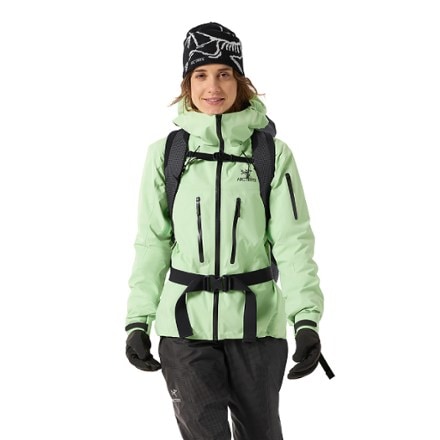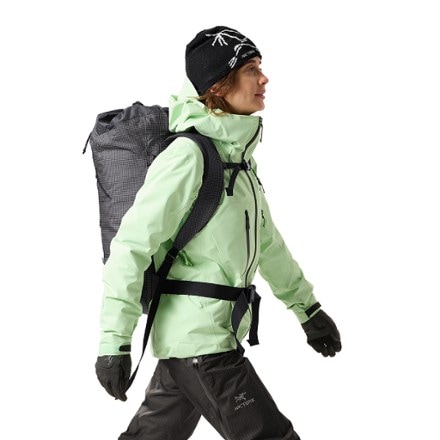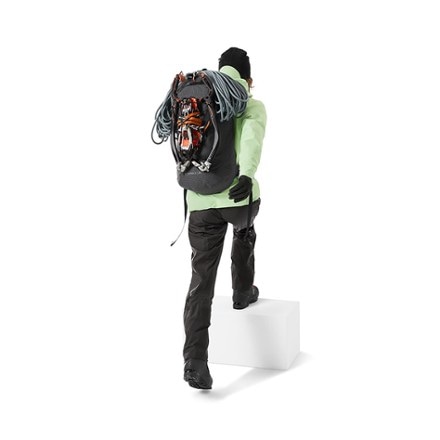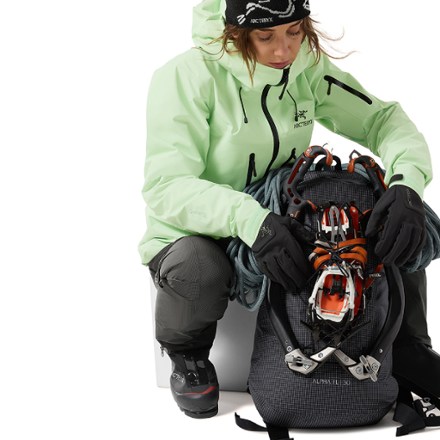Skip to search results
loaded 2 results
Arc'teryx Internal Frame Climbing
(2 products)Products (2)
Filter
- Climbing Packs (2)
- Climbing Packs (2)
- Alpha (1)
- Weekend (35-50L) (1)
- Regular (1)
- Ultralight (1)
- Top Rated (1)
- Reservoir Compatible (1)
- Deals (1)
- $100.00 to $199.99 (1)
- $200.00 to $499.99 (1)
- Backpack (2)
- Climbing (2)
- Internal Frame (2)
- 21 to 35 (2)
- Unisex (2)
- Top (2)
- 1 to 1.49 (2)
Sort: Best Match
View:
- Arc'teryxAlpha FL 20 Pack$186.73Save 25%compared to $250.00(0)0 reviewsREI OUTLET
- Arc'teryxAlpha FL 30 PackTop Rated$280.00(46)46 reviews with an average rating of 4.6 out of 5 stars
Sort: Best Match
Related Expert Advice articles
Match the harness type to your climbing style
- Sport or indoor climbing harnesses tend to be stripped down for fast travel and feature minimal gear loops.
- Trad climbing harnesses include more gear loops since climbers place their own protection. Comfort and padding are key, as you may spend hours on a route or hanging in your harness.
- Mountaineering harnesses are designed for long approaches and all-season versatility.
Key features:
- Adjustable leg loops: Fit different body types and clothing layers.
- Gear loops: Range from two to five loops to rack your gear.
- Waistbelt padding: Thicker padding or broader surface area helps distributes pressure, adding comfort.
Women-specific harnesses
Many climbing harnesses are available in unisex models, but some are designed to better fit a women's body. Pick a women-specific harness if it better matches your body type.These harnesses typically feature a higher rise, a larger leg-to-waist ratio and a shaped waistbelt.
Discover the top-rated approach shoes at REI, expertly tested for performance and durability. Find the best footwear for tackling any terrain with confidence.
Read full article: The 4 Best Approach Shoes of 2025: Staff Picks
Which type do you want?
- Neutral shoes. Great choice for beginners; allow toes to lie flat and provide all-day comfort.
- Moderate shoes. Good all-around shoe. A slightly downturned shape and stickier rubber makes them good for technical climbing.
- Aggressive shoes. The very downturned toes put your feet in a powerful position for challenging sport routes and bouldering; less comfortable than the neutral or moderate shoes.
Choose key features.
- Shoe closure options include laces, straps or slip-on.
- Uppers can be synthetic or lined- or unlined leather. Unlined leather uppers can stretch a full size, while synthetic uppers don't stretch much.
- Climbing shoe last is the foot-shaped model around which a shoe is built. Most rock climbing shoes are slip-lasted, which tend to be sensitive and less stiff than board-lasted shoes.
Consider these shoe fit tips.
- Shop later in the day as your feet can swell up to a full size during the day.
- Your toes should lie flat or be comfortably curved; your toe knuckles shouldn’t bunch painfully.
- Try them on in person for the best fit.
Consider your main activity:
- Hiking: Compatible with hydration reservoirs; some have straps or loops to attach trekking poles or other gear.
- Running: Designed to limit bounce; compatible with water bottles or hydration reservoirs.
- Climbing: Slim profile with abrasion-resistant reinforcements.
- Traveling: Has compartments for easy organization; many meet carry-on size requirements.
How much gear will you carry?
- 20L or less: Ideal for short runs, day hikes or quick outings.
- 21–35L: The sweet spot for hiking and travel.
- 36–50L: Best for extended trips or adventures requiring more gear or clothing.
Find the right fit:
- Daypacks are available in a range of sizes.
- Check your torso length and waist against the brand's size chart for the best fit.
- Many packs feature adjustable torso lengths to fine-tune your fit.
Send confidently—and comfortably—in our 7 favorite climbing harnesses.
Read full article: The 7 Best Climbing Harnesses of 2025: Staff Picks
Get started rock climbing with this expert guide from REI. Learn about climbing styles, essential gear and how to climb indoors and outdoors.
